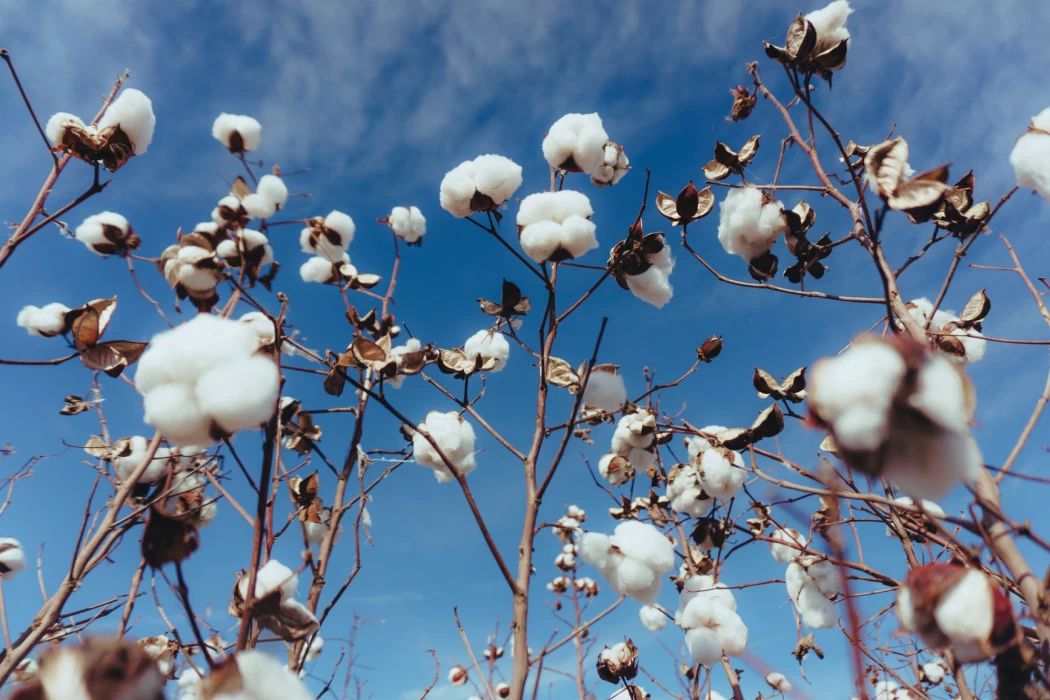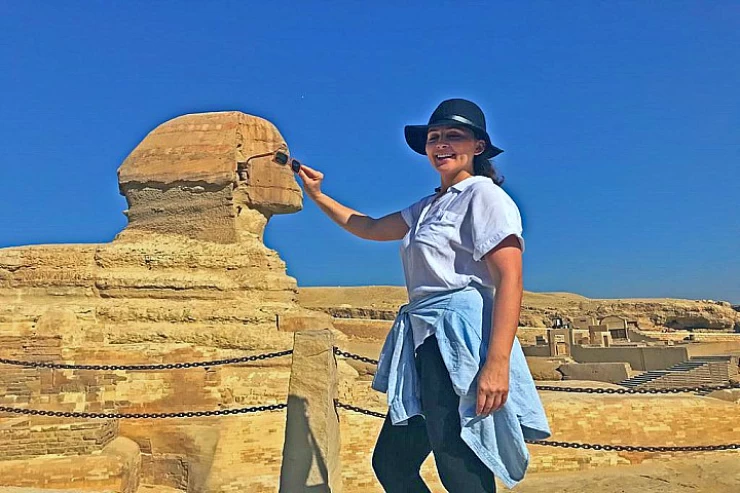
Egyptian Cotton | Long staple cotton
Long staple cotton
Long-staple cotton of Egypt is exceptionally valued in Egypt. Egypt is known to have great respect for this crop that it earned the name white gold, meaning that it has value equivalent to gold. This is perhaps the most renowned income generating activity, and in the middle of the twentieth century, it was the primary source of income.
Even though cotton was introduced in Egypt during the early 18th century, it had been available long before that since cotton was grown in Egypt since ancient times, with evidence of cotton threads and seeds found in a tomb located in tebes. It’s growth reached its peak in the Ptolemaic and Roman ages, during which period Egypt used to export cotton fabrics as far as Rome.
Cotton cultivation began in Egypt on a large scale during the era of Muhammad Ali in 1820, when it was discovered by chance when the Frenchman Jumel saw a cotton bush planted in an Egyptian house as an ornamental plant at that time, and was impressed by the specifications of its fiber. Three bales of cotton were produced, and they were sold in France at very high prices due to the length of its fiber.
This encouraged Muhammad Ali Pasha, the ruler of Egypt at the time, to import the finest types of cotton seeds and cultivate them in Egypt, which led to the rapid spread of this new type, the production of which in 1823 reached about 30 thousand quintals. The cultivation of the old type known as the Baladi ended in 1832.















